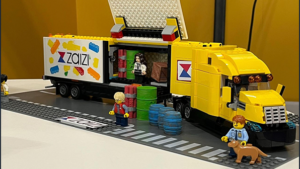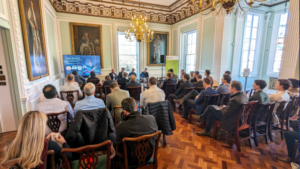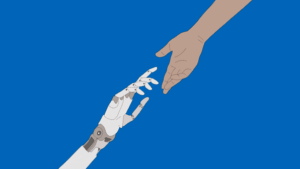
Home Office DDaT strategy 2024 — building better, more efficient services
The Home Office Digital, Data and Technology (DDaT) published its 2024 strategy, looking at ways it can work more efficiently and better respond to its users.
The strategy sets out how the department will reduce costs and consolidate its technologies while being product-centric and data-driven to meet users’ needs.
At the heart of the strategy are six principles:
- Converge technologies where possible
- Create shared technology products
- Be product-centric over project-centric
- Become data-driven to improve our decisions
- Deliver effectively at scale
- Embrace innovation
What does the DDaT want to change?
The department wants to remove the complexity around its estate by addressing the technical debt, automating processes and reducing duplication.
It wants to be product-centric and “deliver better quality services more quickly. By setting up cross-cutting teams that are focused on delivering user-centred products, and by working iteratively.”
Another key area of focus is making data central to the design process and using it to help improve decision making. The Home Office wants to do this while being transparent about what data it holds on people and how it’s used.
You can view the strategy in full here
Converging technology and tackling legacy systems
One area the report looks at is tackling legacy systems and converging its technology.
In the strategy’s foreword, Home Office chief digital, data and technology officer Simon Bourne says: “We have accrued technical debt over many years which we now need to address because it constrains our efforts to digitise the department.”
All government departments have accrued technical debt over the years. But as we’ve said in the past, to become truly digital, these legacy systems need to be addressed.
Many organisations don’t know where or how to even begin to overhaul their unwieldy and complicated legacy systems. They duplicate work, are poorly understood, and there are significant costs attached to supporting, and maintaining expertise in, these multiple technologies.
But as the strategy documents says, the pandemic has shown why this long-standing issue cannot be ignored. Public sector staff had to deliver new policies and services in difficult circumstances, often wrestling with many legacy systems and unintuitive processes.
Our whitepaper ‘Accelerating Government’s Digital Transformation’ talks about the importance of organisations mapping what they have and developing blueprints. It will allow them to see what can be streamlined, converged, automated and/or renewed.
As the documents says, it’s important when designing something new to think beyond the immediate need and design with reuse in mind.
Ensuring future solutions are open source and on the cloud means that they will be scalable, repeatable and shareable. For example, developing software in the open in a modular way ensures that it’s flexible and adaptable.
Being product-centric and empowering teams
Another area the strategy focuses on is promoting product-centric ways of working and how it can empower and train its staff and leaders.
The product approach allows an organisation to balance between the user, business and technology. And we’ve discussed in the past why it’s proving popular in the public sector.
It means moving away from traditional siloed working and embracing diverse and multi-skilled teams that are involved in the whole lifecycle of a product.
Product-centred teams should follow a user-centred design approach, with the skills to research, design and test ideas at each development stage.
We’ve seen from experience that product teams operate best when there is no hierarchy and everyone feels ownership over the success of the product.
A mission-driven approach helps these teams work autonomously and make their own decisions, resulting in faster outcomes as there’s no need to wait on stakeholders for direction.
On the public sector projects we’ve worked on, the mission’s approach means no longer working off requirements from clients. We embed ourselves with client teams and the product approach means there are no assumptions; decisions are driven by collaboratively designing sustainable solutions to users’ problems. Read more about how we do mission-driven development.
We’ve also seen the cultural impact this has on a department. Our product leadership and user-centred design training have allowed clients to promote the product-centric way amongst their team and ensure better solutions are built sustainably.
Related content
-

From ScanApp to Lego demos — What you need to know about Security & Policing 2025
-

Truth, trust and transformation — 4 key takeaways from Zaizi’s AI in government event
-

Paris AI summit: Navigating the AI landscape and how SMEs can help UK government
-

Border Force wins Global Customs Innovation Award for ScanApp — a solution Zaizi helped build
